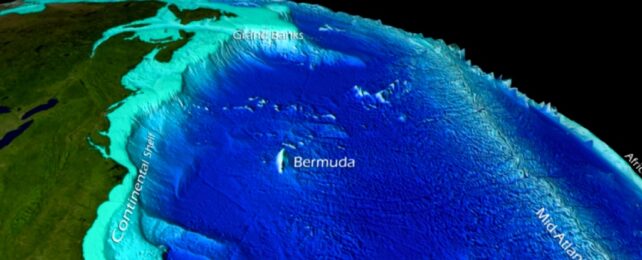
Recent studies show that the famous gene-editing tool does more in bacteria than just spot DNA for chopping up; it coordinates with other proteins to bulk up defenses against invading viruses as well.

Scientists have developed a specially engineered biochip that uses electricity to heal wounds up to three times faster than normal.

Italian researchers have created the first-ever rechargeable battery from food ingredients. This invention could potentially power small diagnostic devices used to internally diagnose health conditions.

In a new study researchers describe how creatures that are normally found along coastlines, not the open ocean, have made their homes on floating trash in the Pacific Ocean.

A lightning bolt has produced a fascinating type of phosphorus material - a close match for calcium phosphite (CaHPO3). We have never seen this material occur naturally on Earth – minerals similar to it can be found in meteorites and space.

The number of humans on Earth reached 8 billion in November 2022. Now a new report suggests that the world's population may peak at just 9 billion by 2050, a number far lower than previously thought.

U.S. recent study revealed a layer between the Earth's core and the mantle that is likely a dense, yet thin, sunk ocean floor.

International researchers have manipulated small numbers of bound photons, scattering off an artificial atom. This unprecedented achievement represents an important landmark in the development of quantum technologies.

The South Atlantic Anomaly is growing, according to data that appeared in a government report published earlier this year.

In a scientific first, a team led by physicists at the University of California, Irvine has detected neutrinos created by a particle collider.

NASA's scientist, James Garvin, thinks we might have been misreading traces of some of the more serious asteroid strikes that have occurred within the past million years. If he's right, the odds of being hit by something nasty could be higher.

A new modeling shows that marine heatwaves can unfold deep underwater, too – sometimes in tandem with heatwaves that ripple across the ocean surface or else when there is no detectable warming signal above.

A new study proves same-sex reproduction in mice is possible, raising the distant possibility of using the same technique for people.

Japan has recounted its islands -- and discovered it has 7,000 more than it previously thought.

According to the research, nature could have selected building blocks with useful properties before the Darwinian evolution.